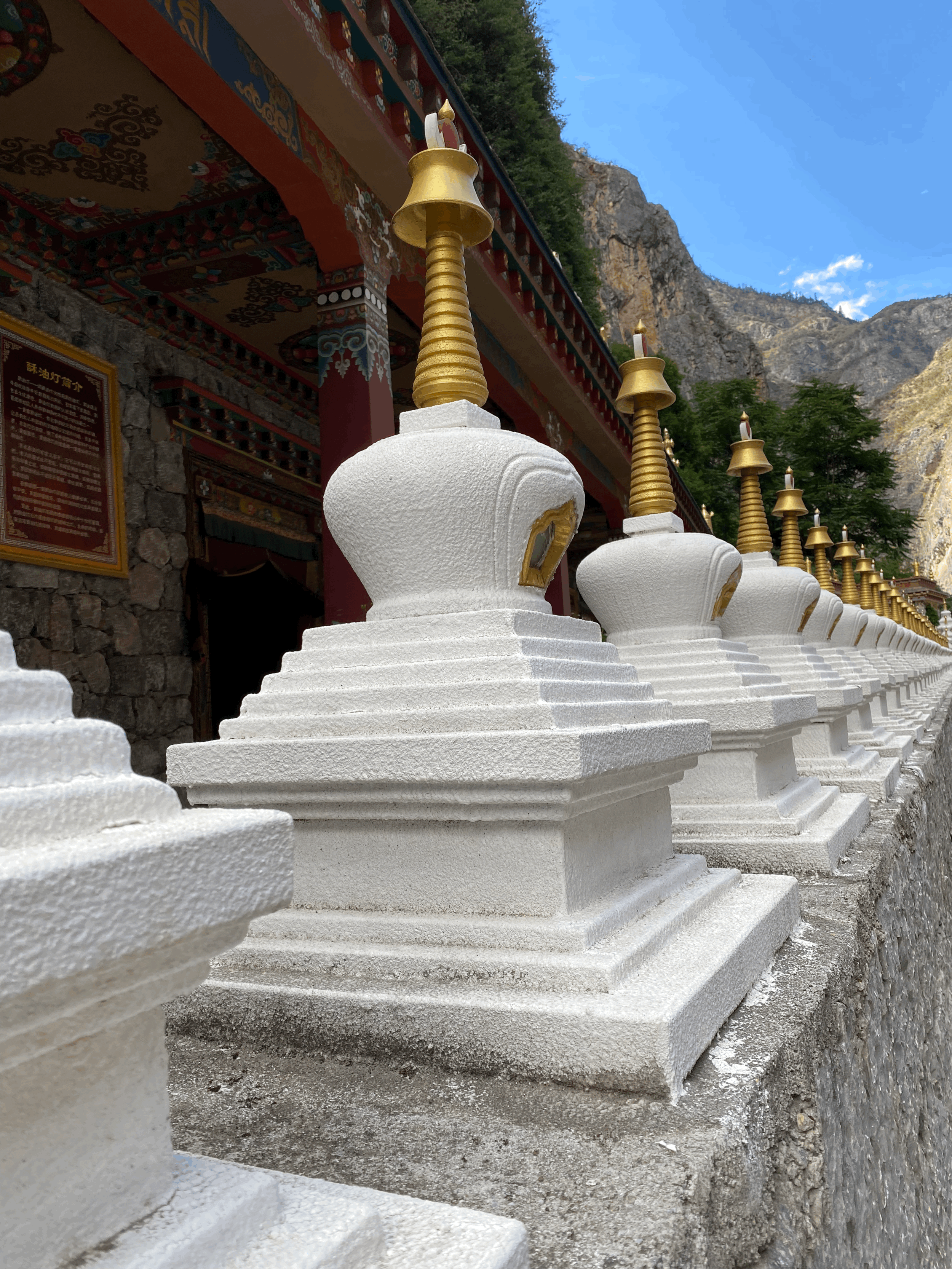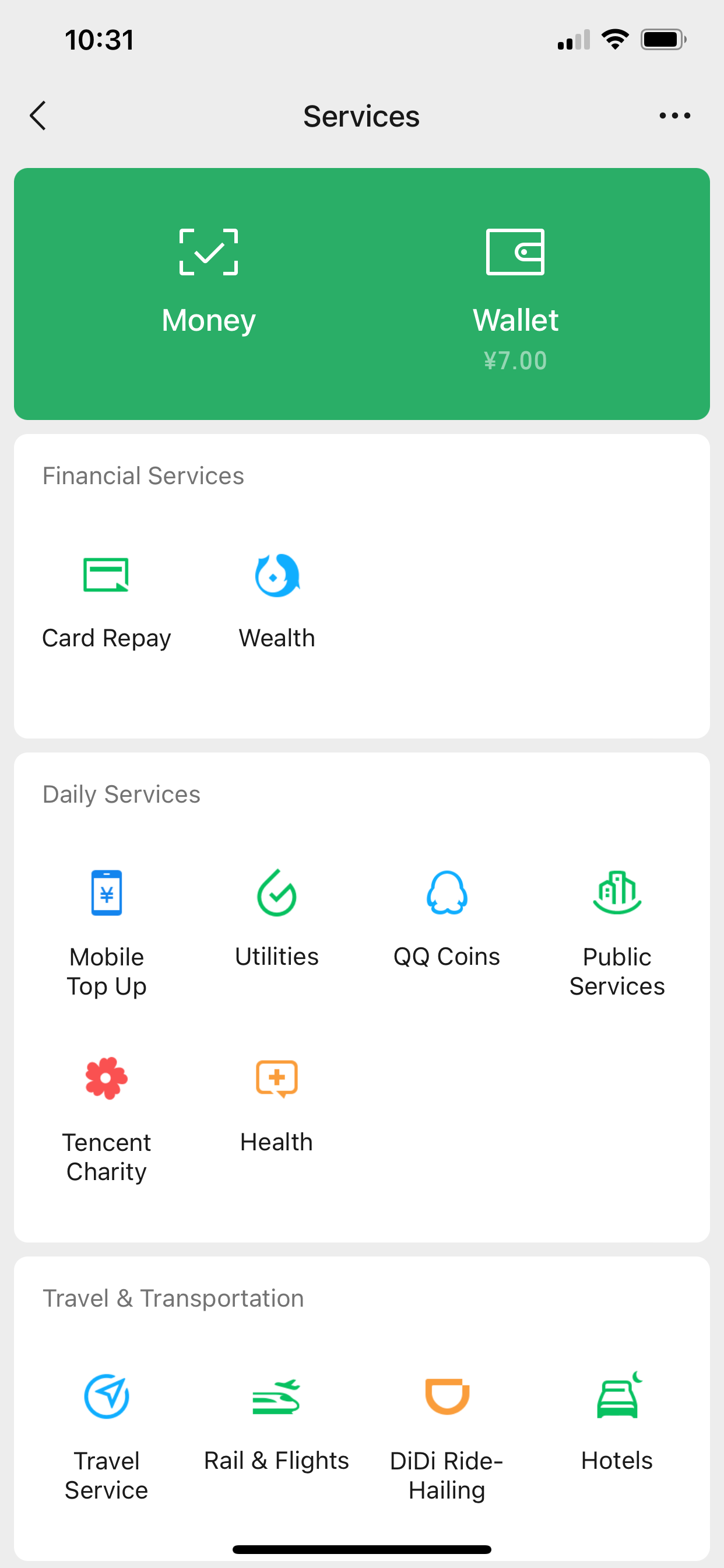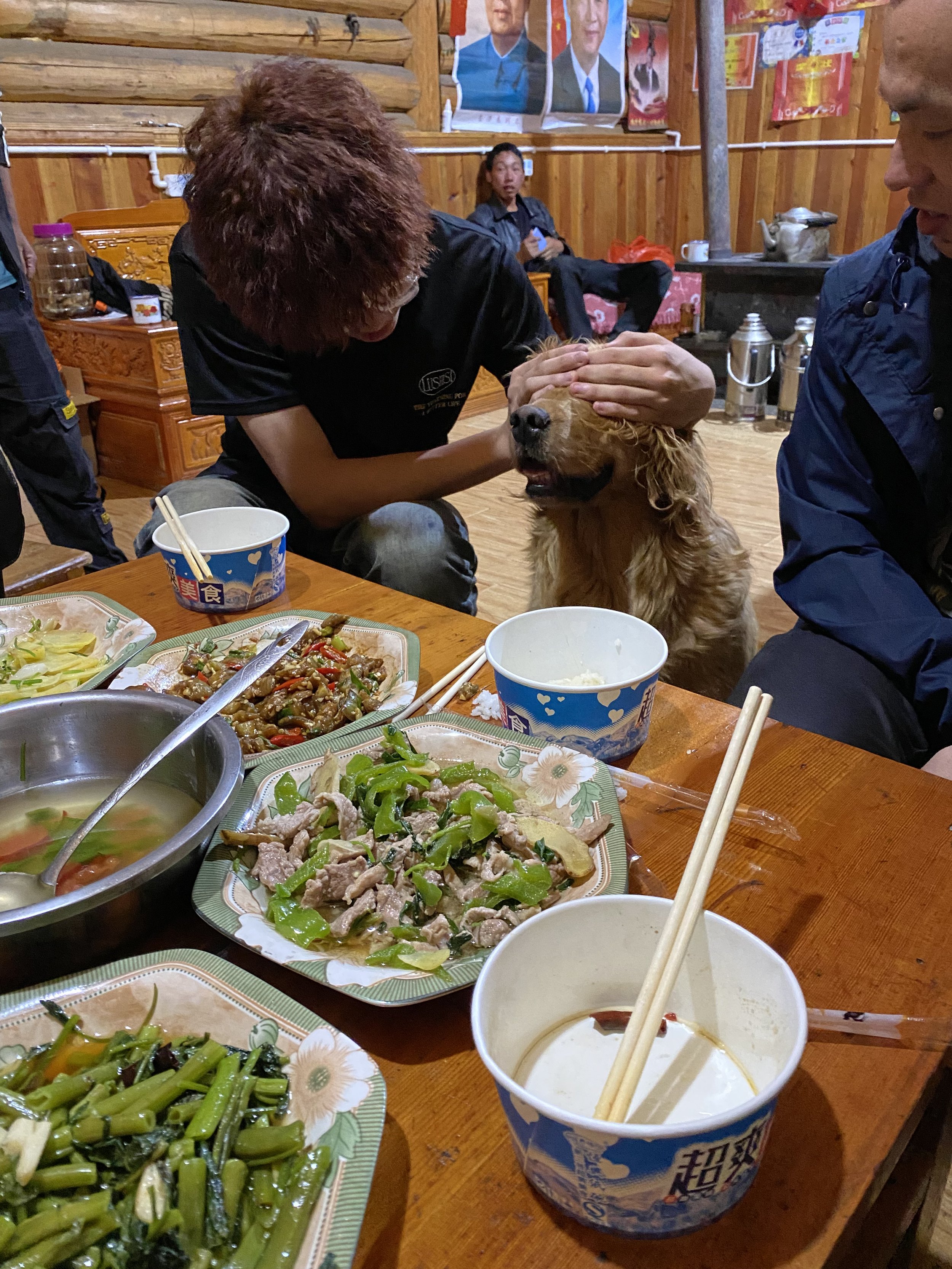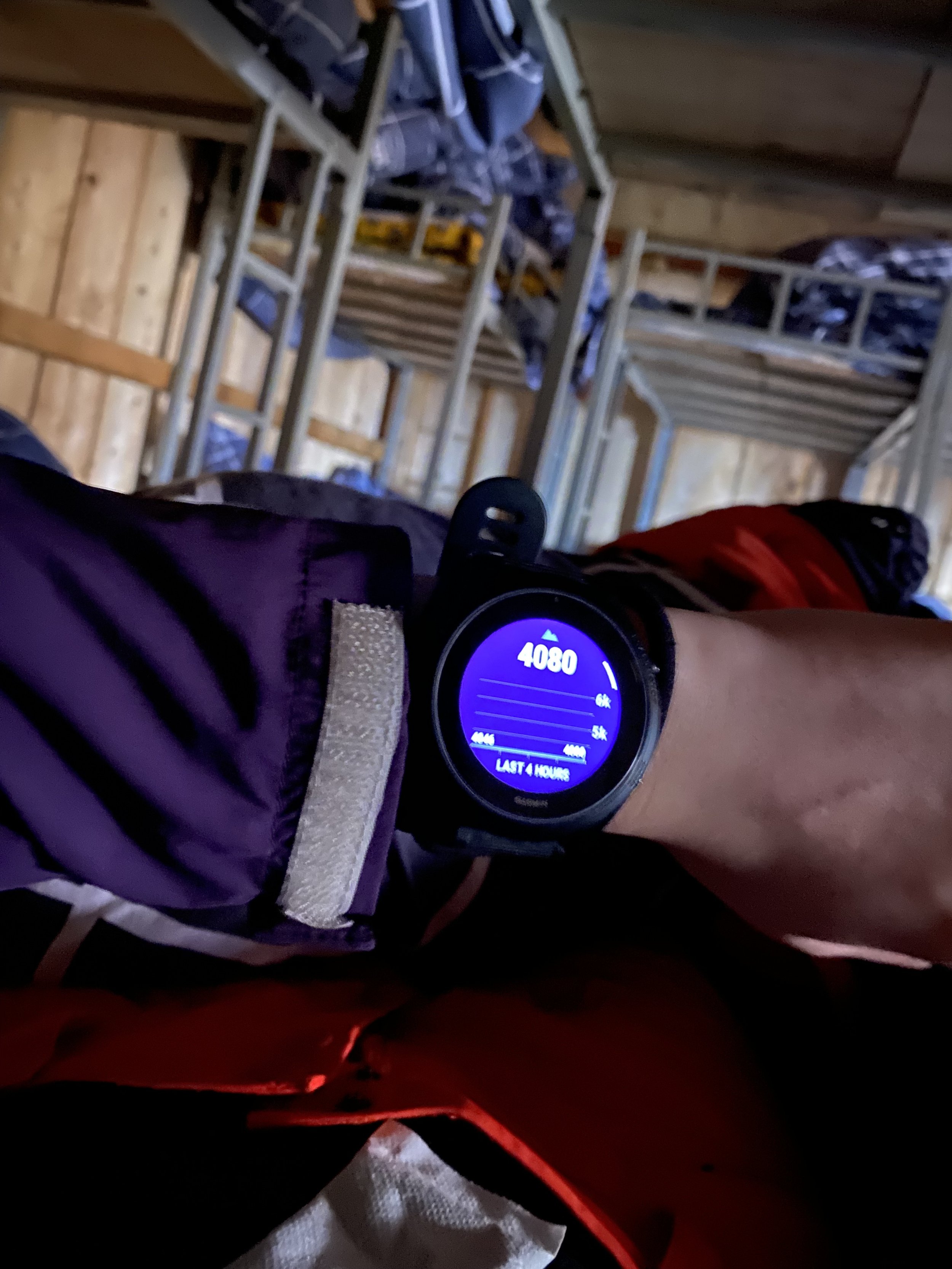Scams to take note of in Shangri-la
I noticed that many of my peers have been travelling to Yunnan in recent times. While it is indeed a beautiful place, Yunnan is actually quite well known for scamming travellers. Before travelling to Yunnan, I had heard of stories from friends and families of common scam tactics involving jade and silver. These usually come with some sort of sob stories from the sellers.
Claim 1: Supposed conservation grasslands at Na Pa Lake
Be aware that some local drivers may bring you to supposedly conserved grasslands when you ask them to take you to Na Pa Lake. This is even if you have booked their services for the entiire day as drivers do get some form of commission from the horse farms that run the horse riding services at these “conserved” areas. The narrative is that Na Pa Lake is a conserved area and you can only enter by getting a horse riding package with them. They may also throw in some photography sessions. The real Na Pa Lake is completely free to enter and roam around. To get to the free area, you can simply take the public bus for 2 yuan from 独克宗古城北门 to 纳帕村白塔站. Alternatively if its too difficult to navigate the buses in chinese, you can get a didi/cab and set the location as 纳帕村白塔站. There is also a famous cafe 黑豆咖啡屋 in the Na Pa Lake area with great views of the grassland and lake. But visitors must purchase a drink from the cafe before being let in to take pictures and hang out.
纳帕村白塔站
Claim 2: Taking a car ride up Songzanlin Monastery
Upon taking the tourist bus from the ticketing office to the entrance of Songzanlin Monastery, you may be approached by several locals claiming that there is still a very long climb up and they will offer to take you up in their cars for a fee. The “very long climb” is in fact a few flights of stairs.
Claim 3: Best seats at 扎雅土司庄园
Zha Ya Tu Si Zhuang Yuan 扎雅土司庄园 is like a local tibetan style banquet. It is a great local experience, with tibetan style hotpot, alcohol and performance throughout the night. I had booked mine through my hotel owner but apparently if you were to ask different people you will be quoted different prices and allocated different seats. Some may be further back, away form the stage, some may be on the second floor, etc. Similar to how concert tickets are sold. I only found out that whoever sold you those tickets gets some form of kickback after discussing with the other guests beside me. They had gotten their front row tickets from a shop owner that did their tibetan costume make up for the day.
Claim 4: The mysterious Balagezong
This was a last minute attraction which I barely did any research. Safe to say that I absolutely regretted this stop. The only way to visit this attraction is via their scenic area tourist bus which will drop you at each attraction within Balagezong for a short amount of time to sightsee. Its essentially like a tour with the exception that there are many buses plying the same route and you are allowed to take any of the busses. This meant that you can choose to stay for longer or shorter periods of time at each attraction stop. Sounds fantastic right? But no, let me explain more below.
At the very first stop, the guide brings us into this monastry and a monk comes out. He explains about the tibetan culture and buddhism to us. Then the story begins (much of which I dont recall but essentally he was asking us about our zodiac signs and that different zodiac signs will face different difficulties this year). He ends off with placing a wooden tablet of sorts on our palms and said something along the line of how its fate and destiny that we received these. He also claims that you need one tablet for each member of your family. Each person in our impromptu tour group received several wooden tablets. So you would have thought this is a free souvenir for our blessing right? But no. “恭喜你的了,这里扫码支付” Out came the payment QR code and we were told to pay for the tablet and then leave the tablet at the temple to ward off bad luck and keep the good blessings. It was 60 or 70 yuan if i recall correctly.
Notably, balagezong is known for their pagoda stupas. But the ordinary admission ticket did not include visiting that attraction. At our third stop, we were given the option to add an additional 75 yuan to visit that attraction. By which point in time, we did not want to waste any more time and money and really just wanted to leave this place.
Fourth stop was to some area with a glass floor overlooking the water currents below. But you are only allowed to walk on it if you purchase their shoe covers.
There was also a zipline activity which required additional costs which we again skipped. Honestly, perhaps the attraction wouldn’t be that of a flop if they didn’t try to squeeze money out of tourists at every opportunity. It felt even worse because we did pay for the admission fee to enter the area which was like 170 yuan if I recall correctly.
oh and take note that there are not many lunch options. As balagezong is quite far out from civilization, the food there are all pretty pricey. Do remember to bring your own food if after reading this you still decide to visit!
7 Must-Have Apps for a Seamless Adventure in Modern China
Many people have asked me for tips on traveling in China, and I can confidently say that the China of today is a whole new world compared to a decade ago. The modern China is a cash-free society and incredibly tech-savvy. Even the grandma selling bottled water on the street only accepts WeChat Pay or Alipay. To make the most of your trip, here are some essential apps you should set up:
1. WeChat
WeChat is an all-in-one app that combines messaging, social media, and mobile payment features. Setting up WeChat Pay beforehand is crucial as it requires submitting your passport information before allowing you to link your international credit card. Here’s how to do it:
Go to the app store for your device (such as Google Play or the App Store) and download the WeChat app - look for the international version.
Open the app and tap the ‘Sign up’ button.
Provide your personal details when prompted and follow the on-screen steps to create your account.
Select ‘Me’ and then ‘Wallet.’
Tap ‘Bank card’ and then ‘Add new bank card.’
Enter your card information and follow the steps to verify the billing address, including entering an SMS verification code sent to your registered phone number.
Another important feature is the mini-program function in WeChat. Some stores allow you to order through the app. For example, during my latest trip to Yunnan, the KFC store's manual counter only allowed a la carte orders; all set meals had to be ordered through the WeChat app. There is a QR code at the store, and you will need to scan it with the WeChat app. Unfortunately, the ordering system on the app is entirely in Chinese, so using a second device with Google Lens is probably the only alternative if you are not conversant in Chinese.
2. Alipay
Like WeChat Pay, you will need to link Alipay with your credit card (Visa or MasterCard). Alipay offers additional useful functions, such as Didi, a ride-hailing app in China. The app itself also has a translation function. When using the Didi function, I was able to converse with the driver in the app with the translation function. The app auto-translates the driver's messages into English for me and vice versa if you type English into the app; it's translated into Chinese for the driver.
Click “DiDi” to book your ride
You can also use Alipay's transport card to take the bus and the metro within the city. Different cities have different transport cards, so remember to collect the ride card in the app. You will need to scan the QR code everytime you enter and exit the Metro/bus. The fare will be automatically charged to the linked credit card.
3. Gaode Maps and Baidu Maps
Both Gaode Maps and Baidu Maps are much better than Apple Maps. Google Maps doesn’t work in China. Although they are completely in Chinese, Gaode recognizes English and Hanyu Pinyin pretty well. Just follow the GPS route.
4. Translation Apps
I find Google Translate and Google Lens work well enough for basic communication. However, more accurate ones like Youdao Translation are also available.
5. VPN
To stay connected with the world, posting Instagram stories and texting your family and friends on WhatsApp and Telegram, you will need a VPN. Make sure to set this up before you arrive in China, as VPN websites are blocked once you’re in the country.
With these tips and tools, you’ll be well-prepared to navigate modern China. Happy travels!
Conquering Haba Snow Mountain: one of the easiest 5000m snow-capped peaks
It’s been a while since my last update, and life has been a whirlwind of adventures, projects, and experiences. I've been incredibly busy, which means I have a massive backlog of stories and photos to share with you all. Let's kick things off with an unforgettable trek I recently completed: Haba Snow Mountain (5396m). Situated in Yunnan Province, China, Haba Snow Mountain is one of the most accessible 5000m peaks, and it's a perfect trek for those looking to challenge themselves without needing extensive mountaineering experience. It is also my first ever 5000m peak! The highest altitude I reached previously was 4130m at ABC, Nepal.
Summit of Haba
Step 1: Travel to Kunming
We flew from Singapore to Kunming as there were no international flights to the airport in Lijiang.
Step 2: High-Speed Train to Lijiang
Step 3: Overnight Stay in Lijiang
We decided to stay a night in Lijiang to acclimatize since Lijiang is 2400m above sea level. I had prearranged my trekking package with a local mountain guide on WeChat. But if your chinese isn’t great, you can get your hotel to assist you with arranging one, though it might be slightly pricier. My guide’s 余导 WeChat ID is yushaoyuan19950120. It was around 1700RMB + an additional 200 rmb to your guide if you summit successfully. No tipping culture in China. Another Guide’s 光头强 WeChat is lwr25820386. You might need to use google translate to communicate with them but it is definitely cheaper to book directly with the guide than through a third party.
Step 4: Carpool to Haba Village
The next afternoon, I took a carpool to Haba Village. It was 110 RMB one way. I had gotten the driver contact from my guide. Do remember to prearrange for this at least one day before!
7 people to one van
Step 5: Arriving in Haba Village
We arrived at Haba Village after a 3 hour drive and stopped at the view point of Tiger Leaping Gorge. Haba Village sits at 3,000 meters. This village is a charming spot to start your acclimatization process and soak in the local culture. While it is a village, don’t expect to be able to buy anything here apart from some snacks from one local provision shop. Any last minute hiking gear shopping should be done in Lijiang. We did ours at a shopping mall near the Lijiang ancient town before taking the carpool. That mall carried the usual hiking brands like Helly Hansen, The North Face, etc.
Tiger Leaping Gorge Viewing Point
Our accoms at Haba Village were really basic, with communal baths and squat toilets. One of the guys who carpooled with us to the village was allocated a room with attached western bathroom though. Lucky him!
One of the best accoms I have had on a trek tbh
There was also a super clingy golden retriever staying with us. She is so so so cute and will pop by to take a nap in our room. (and welcome us back from the hike)
Oh yes! and the food prepared by the guide’s wife was also really delicious!
Puppy eyes - How could we bear to say no to her
Step 6: Trek to Base Camp
The following day, we begain our hike to the base camp at 4,100 meters. Alternatively, some people opted to take a mule ride for 300 RMB to conserve their energy for the summit push, but I chose to hike. (I took the mule down the mountain the next day…the climb was shag.) The trek is beautiful but challenging due to the rapid elevation gain of 1,100 meters in a day. Also, I think the mule is much cheaper at haba as compared to other 5000m mountains in china. Siguniang shan charges 500 rmb per trip if I am not mistaken.
Be sure to avoid pee puddles by the mules
River crossing
The path on the right is the route taken by the mules. We were constantly trying to find our own short cuts ><
Muddy terrain due to the incoming monsoon season
Step 7: Base Camp Preparation
At base camp, you’ll have a briefing with your guide and prepare for the summit hike. Guides maintain a 1:1 ratio for the summit hike, crucial for safety. The night before, we tested our crampons and rented hiking gaiters. Don’t forget to bring your own headlamp, thick waterproof gloves (I used my snowboarding gloves), and a beanie.
Pretty good dinner at base camp
Bunk bed conditions at the base camp. Different trekking clubs run their own accomodations on the mountain. Ours looked like this.
Base camp elevation
Step 8: Summit Day
Summit day starts early with breakfast at 2:45 am and trekking at 3:00 am. The climb is steep and demanding. The terrain changes from soil to rocks to snow/ice. Some parts were really slippery due to the rocks sliding under my feet. Be sure to wear proper hiking boots! I decided to wing it with my Nike trail pegasus goretex shoes. It was fine, but I reckon I would have had an easier time with proper hiking shoes.
My brother and I started together but later separated; he turned back at 4,700 meters due to AMS. I pushed on, reaching the summit at 8:55 am. The final part was the hardest, with icy and slippery conditions. Hiking in crampons through deep snow is tough, but the view from the top makes it all worth it.
A brief moment of good weather as I was putting on my crampons.
Important Notes
Seasonal Closure: Haba Snow Mountain is closed from July to August due to the monsoon season and reopens in September.
Cost: My guide package cost 1,700 RMB plus a 200 RMB summit fee (paid if you summit successfully).
跟小金毛说再见
The route to the summit from the basecamp
Daytrip From Chengdu: Dujiangyan
Are you planning a day trip from Chengdu and wondering where to go? Look no further than Dujiangyan, a historic and picturesque destination just a short train ride away. In this blog post, I'll guide you through an exciting itinerary filled with panda encounters, ancient towns, scenic spots, and delicious local cuisine.
Getting There: First things first, make sure to buy your train tickets in advance to avoid any last-minute hassles. Dujiangyan is easily accessible via the high-speed train, taking roughly 45 minutes from Xipu Station. Remember to book your tickets early or use convenient third-party booking platforms like trip.com to secure your seats. My friend and I learned this the hard way when we tried to purchase tickets on the spot and ended up catching a later train.
Exploring Dujiangyan: Once you arrive at Li Dui Gong Yuan Station, head towards exit D where you'll be greeted by a monumental panda statue, perfect for snapping some memorable pictures. From there, hop on a cab to visit the Dujiangyan Panda Base, a must-see attraction housing adorable giant pandas and red pandas. Remember to respect the pandas' tranquility by refraining from calling out their names or disturbing them.
After enjoying the panda encounters, we made our way to Zhongshuge Bookstore to capture some Instagram-worthy shots. The aesthetic setup of this bookstore, reminiscent of the Korean drama "My Demon," provided the perfect backdrop for our photos.
Lunch and Sightseeing: Next, we headed to Dujiangyan Jing Qu for a delightful lunch experience. The scenic journey to the restaurant, passing by a beautiful bridge, heightened our anticipation for what awaited us. Pro tip: return to the bridge after dark to witness the mesmerizing sight of the illuminated waters, resembling blue tears flowing beneath the bridge.
Don't miss out on trying some local delicacies while exploring Dujiangyan. We indulged in Tian Shui Mian (sweet water noodles) and Bing Fen (ice powder), along with street food favorites like Kao Mian Jin, a chewy and fragrant BBQ-ed gluten stick snack.
Conclusion: A day trip to Dujiangyan from Chengdu is not only convenient but also filled with unforgettable experiences. Whether you're a nature lover, history enthusiast, or foodie, Dujiangyan has something to offer everyone. So, pack your bags, book your tickets, and embark on an adventure to this charming destination waiting to be explored.
Unveiling the Magnificence of Leshan Big Buddha: A Journey of Serenity, History, and Ingenious Engineering
Leshan Big Buddha
Nestled amidst the scenic landscapes of Sichuan province in China, the Leshan Big Buddha stands as a timeless symbol of Buddhist artistry and spiritual devotion. As one of the world's largest stone Buddha statues, this awe-inspiring monument attracts visitors from far and wide, offering a glimpse into China's rich cultural heritage and profound spiritual traditions. You could do this as a day trip from Chengdu or combine it with the nearby emeishan and make it a 2D1N trip. I opted for the latter.
Planning Your Journey: Booking Train Tickets in Advance
Before embarking on your adventure to Leshan, it's essential to secure your train tickets from Chengdu in advance. Trust me, I've learned this lesson the hard way! After a slight mishap while attempting to visit Dujiangyan earlier in the week, where I found myself stranded at the high-speed rail station with no available tickets, I quickly realized the importance of pre-booking.
To avoid unnecessary stress and save precious time, I recommend purchasing your train tickets beforehand. You can do so conveniently through platforms like Trip.com, which offer user-friendly interfaces in English. While there may be a small booking fee, the peace of mind knowing that your tickets are settled in advance is well worth it. Just remember to bring your passport for verification at the high-speed rail gantry, and you're all set for a smooth journey to Leshan.
Embracing Convenience: Journey from Leshan Station to Leshan Big Buddha
Upon arriving at Leshan Station, I opted for a hassle-free mode of transportation to reach the renowned Big Buddha site – a cab booked through Alipay to summon a Didi, China's equivalent of Uber. With a seamless booking process and reasonable fares of around 25 RMB, the journey from Leshan Station to the Leshan Big Buddha was both comfortable and convenient.
As the cab whisked me away through the picturesque surroundings of Leshan, anticipation grew with each passing moment. Soon, the grandeur of the Leshan Big Buddha came into view, towering majestically above the confluence of three rivers. From its serene expression to the intricate details carved into the stone, every aspect of the Buddha's form exuded an aura of tranquility and spiritual significance.
Leshan Big Buddha
Legend has it that the construction of the Leshan Big Buddha was initiated with a noble purpose – to calm the turbulent waters that plagued the confluence of the Minjiang, Dadu, and Qingyi rivers. As the Buddha took shape from the cliffs overlooking the river, the rocks and debris carved away from the stone were deposited back into the river below. Remarkably, this process had an unintended yet astonishing effect – it helped to calm the once tumultuous waters, making navigation safer for passing vessels. Thus, the Leshan Big Buddha not only stands as a symbol of spiritual reverence but also as a guardian of the surrounding waters, offering protection and tranquility to all who pass through.
One of the most remarkable aspects of the Leshan Big Buddha is its exceptional preservation despite centuries of exposure to the elements. Behind the ears and other parts of the sculpture, intricate drainage holes were ingeniously incorporated into the design. These cleverly placed openings allow rainwater to flow freely out of the statue, preventing erosion and preserving its integrity over time. Thanks to these ingenious engineering techniques, the Leshan Big Buddha remains remarkably well-preserved, standing as a testament to the craftsmanship and foresight of its creators.
As you stand in the shadow of the towering Leshan Big Buddha, you can't help but feel a sense of reverence and awe. From its serene expression to the intricate details carved into the stone, every aspect of the Buddha's form exudes a timeless elegance and spiritual significance. As you explore the surrounding area, take a moment to reflect on the rich history and cultural heritage that envelops this UNESCO World Heritage Site.
There was also a beautiful flower field at the foot of the big buddha area when I visited the place in March, adding a vibrant splash of color to the already breathtaking scenery. From the tranquil waters below to the lush greenery that surrounds the statue, every angle presents an opportunity for stunning Instagram-worthy photos.
(I took a didi from Leshan to my accommodation at Emeishan. If this is done as a day trip from Chengdu, simply head back to the Leshan Train Station to catch the high speed rail back to Chengdu!)
Oh yes and I had this really nice bing fen at the foot of the big buddha!



























































